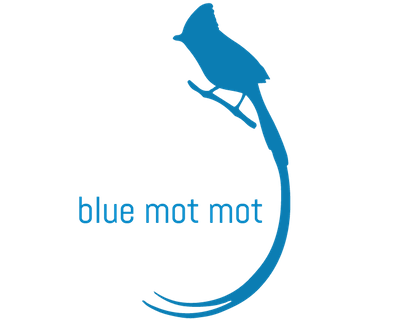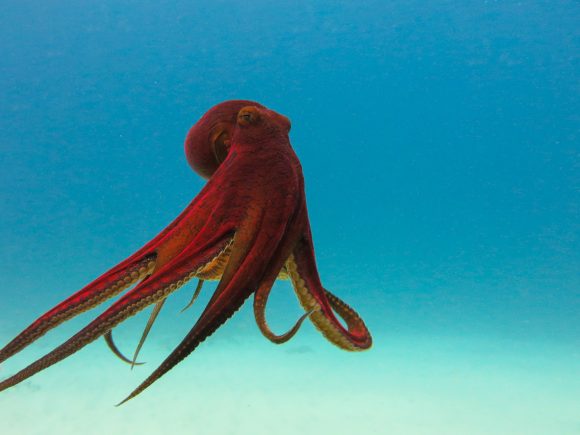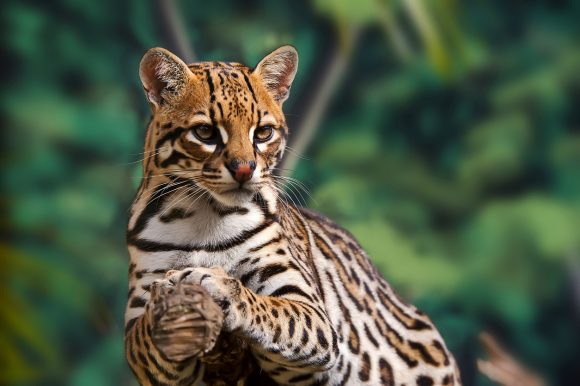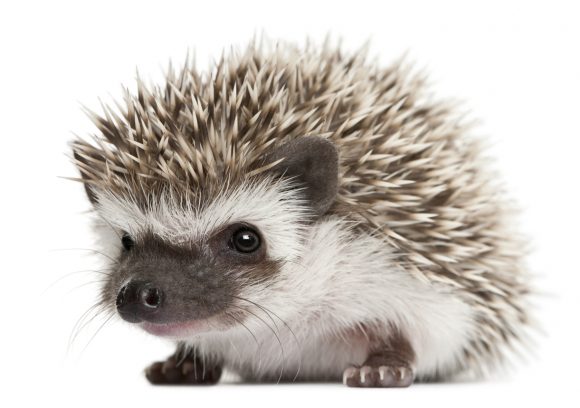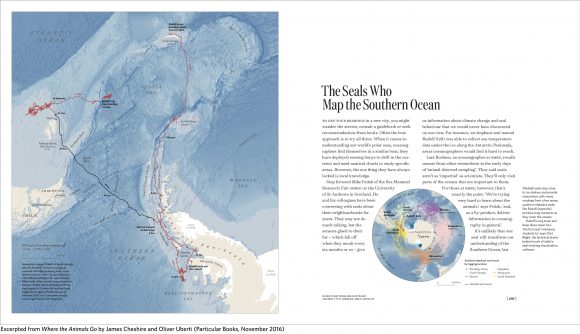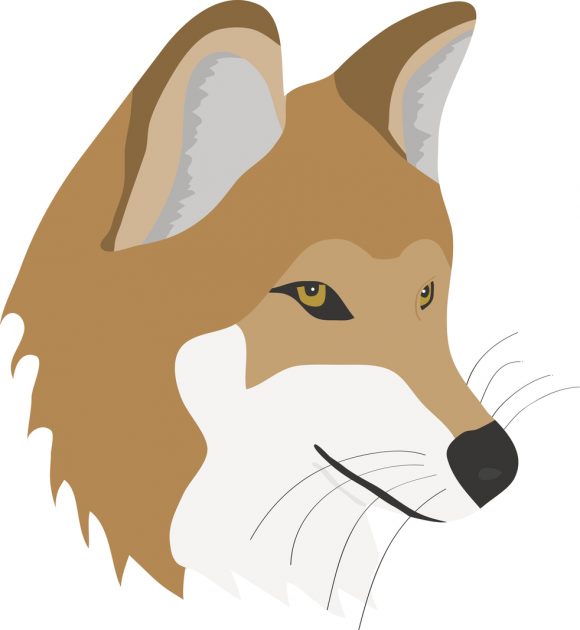Octopuses might not seem like the most charismatic of characters, but the reading I’ve been doing lately makes me want to do a deep dive and make an octopus best friend pronto.
In honor of World Octopus Day, Jer Thorp told a great story about getting to know an octopus on Storify.
A number of similar stories can be found in Sy Mongomery’s book, The Soul of an Octopus. Montgomery becomes friendly with a number of very different octopuses during the course of researching and writing her book, and she tells the story of each of them with a sensitivity and probing inquisitiveness worthy of an octopus’ tentacle. In this passage, she describes meeting Athena, the New England Aquarium’s octopus at the beginning of her research:
